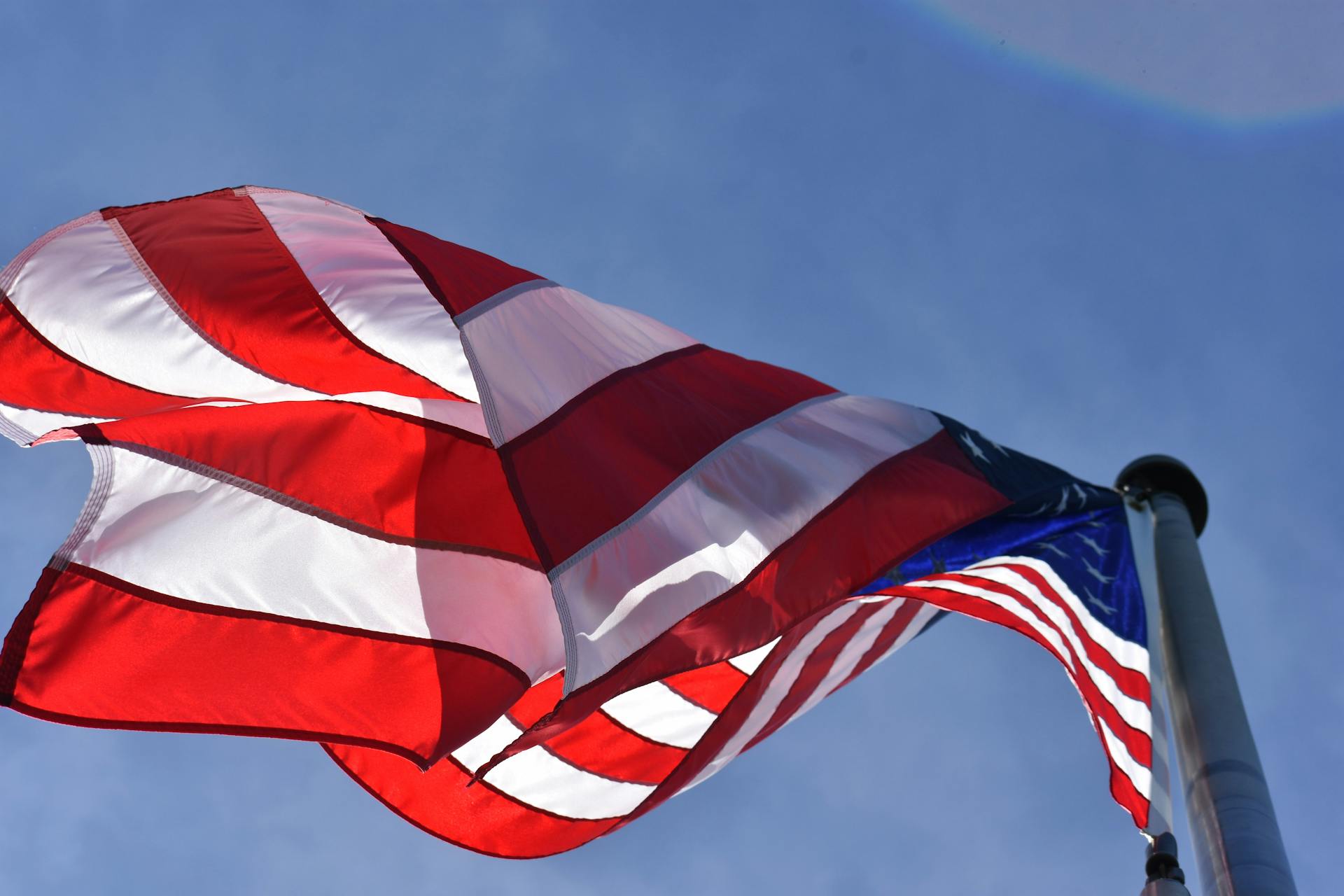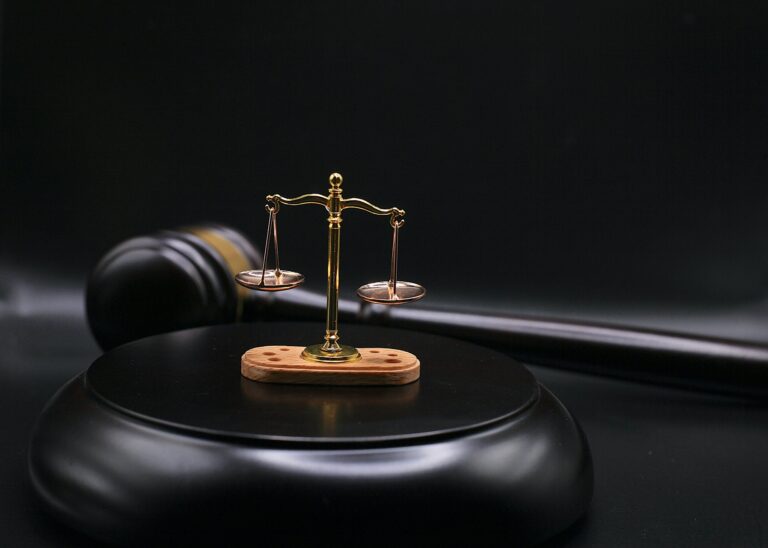The Abraham Lincoln Presidential Library and Museum in Springfield, Illinois, finds itself embroiled in controversy following the purchase of a 21-star flag, purported to commemorate Illinois’ 1818 admission to the Union. The acquisition, which bypassed standard procedural protocols, has triggered an investigation by Illinois’ Office of the Executive Inspector General.
The Flag and Its Acquisition
The flag, measuring 7-foot-5 by 6-foot-5, is known as a “Grand Luminary” due to its 21 stars arranged in the shape of a star. The museum purchased the flag through an online auction for more than $15,000, using funds from the King Hostick trust, an endowment dedicated to financing state historic research and artifact acquisition. Museum spokesperson Christopher Wills expressed confidence that the flag represents Illinois’ admission as the 21st state.
Such flags are considered rare, as the design changed a year later when Alabama and Maine joined the Union. However, some experts dispute the flag’s origins.
Expert Disputes
Jeff Bridgman, a respected vexillologist, suggests that the flag’s construction and materials indicate it was produced decades later, likely during the Civil War. He believes it to be a Southern exclusionary flag, with stars representing states that remained loyal to the Union. Bridgman stated, “If it was [from 1818], I would have been after it at the auction.”
This is not the first time the museum’s acquisitions have been questioned. A previous purchase of a purported Lincoln stovepipe hat, appraised at $6.5 million, faced scrutiny when evidence linking it to the 16th president was questioned. In 2019, a director was fired for sending a copy of the Gettysburg Address to an exhibit without approval.
Internal Controversy and Procedural Breaches
The acquisition of the flag has caused internal strife within the museum. Ian Hunt, the museum’s acquisitions chief, submitted a request to the executive director to pursue the flag on November 6. The museum won the auction on November 13, but the purchase bypassed the required advance consideration by a collections committee, which is supposed to review purchases exceeding $2,000.
The collections committee, composed of department heads, met on December 7, three weeks after the purchase, and voted 7-2 in favor of the flag’s acquisition. Despite this, concerns about the flag’s authenticity and storage were raised. Eldon Yeakel, then-registrar, and research director Brian Mitchell, who both voted “no,” expressed skepticism about the flag’s origins. Yeakel was fired on May 6, allegedly for poor performance, but he attributed his dismissal to his opposition to the purchase.
Investigation and Potential Outcomes
Yeakel reported to investigators that the flag purchase sidestepped proper committee concurrence. The inspector general’s office, which has not yet released findings, can recommend corrective actions, including discipline or dismissal, and may conduct criminal investigations or refer cases to law enforcement.
Wills defended the museum’s use of Hostick funds for the purchase, acknowledging a “misstep” by Hunt for proceeding without committee consideration but noting that museum policy only requires the committee’s recommendation on expensive purchases.
Conflicting Expert Opinions
The flag was initially part of the prestigious Zaricor Flag Collection, purchased by the late Ben Zaricor in 1995. Renowned vexillologist Howard Madaus, who examined the flag, determined it was made entirely of cotton between 1818 and 1820. However, Bridgman, who considered Madaus a respected colleague, believes Madaus erred in this assessment. High-resolution images suggest the blue canton is wool or a wool blend, typical of Civil War-era flags, and worn in long, narrow holes, which is characteristic of wool, not cotton.
Future of the Flag
The flag is currently with a conservation company for stabilization and cleaning, an estimated $18,000 process, to ensure its longevity. The Associated Press reached out to other vexillologists for their opinions. Dave Martucci of Washington, Maine, responded via email, stating that he believes the flag’s design, construction, and size point to 1818, not 1861.
Regardless of the flag’s origins, Wills maintains that it has “a solid pedigree” and considers it a sound investment. “We’re always open to learning more about it,” Wills said. “And if it turns out that it’s from a different era with a different story, that’s the way it goes. We’ll say that story and it just so happens that that story is a good one, too.”
Conclusion
The purchase of the 21-star flag by the Abraham Lincoln Presidential Library and Museum has sparked significant controversy and an ongoing state investigation. As experts continue to debate the flag’s true origins, the museum faces scrutiny over its acquisition procedures and the use of funds. The outcome of the investigation will likely impact the museum’s credibility and future acquisition practices.











+ There are no comments
Add yours